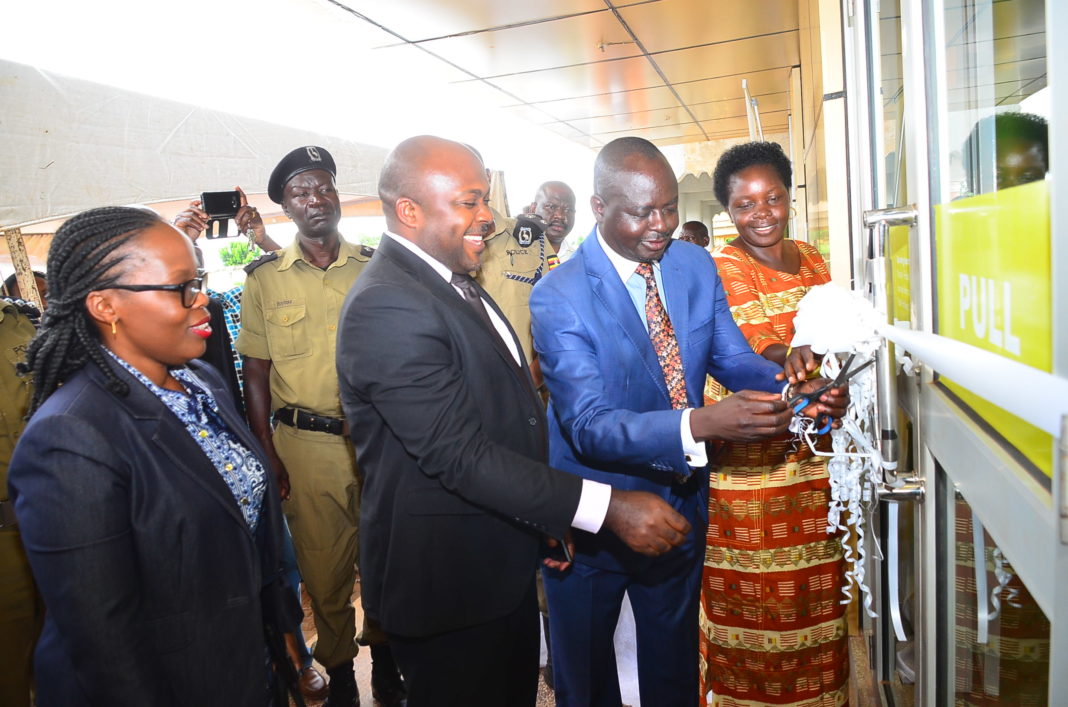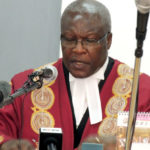Mbale: Uganda’s national electricity distributor, Umeme has opened up a new service centre in Pallisa Town in eastern Uganda, aimed at providing timely customer care service to the residents who hitherto were depending on Mbale branch, costing them time and transportation fees.
“Our service strategy has always been focused on process simplification, automation and investments to improve network performance,” Mr. Selestino Babungi, the Umeme Managing Director, said as the launch of the service centre that will see more people in that area connected faster to electricity grid.
Babungi said that more new services centres would be opened in Kapchorwa, Sironko, Bubulo and Kumi as part of the company’s grand plan to bring services closer to the customers.
Umeme has branch in Mbale Town that has existed for 63 years, serving districts such as; Pallisa, Budaka, Bulambuli, Bukedea, Kumi, Kapchorwa, Bubulo, Manafwa, Bududa and Sironko among others.
“We have 37 service centres across the country, but some of them stretch over a radius of up to 80km, which makes it difficult for our customers to access some of the services. The opening up of several satellite offices will bridge this gap,” Babungi said.
In 2017, the company rolled out customer outreach programs in rural areas with the aim of bringing services closer to customers including education on dangers of power theft and vandalism, safe use of power, energy efficiency tips and e-payment options.
Mobile service desks were set up in high growth areas and potential customers proactively engaged to connect electricity to their homes.
Before the initiatives, illegal connections in the sub-region cost Umeme an estimate of sh20b annually and in a move to avert the situation, the company launched operations against illegal power users in the area at the start of last year.
Paul Ssempira, the Umeme Mbale district manager, notes that there has been a 30 percent increase in the number of new connections to 8,431 in 2017 from 3,541 in 2016.
The company managers say the region contributed up to 10 percent of the 19 percent losses registered at the end of 2016. But interventions saw the company record lower energy loss of 17.2 percent in 2017, as sighted in its 2017 annual report released recently to the shareholders.
“The region alone registered up to 60 percent energy losses in 2016, but this dropped to 45 percent in 2017. The 60 percent of the losses are categorized into 45 percent commercial losses (power theft) and 15 percent technical losses,” Ssempira said.
The company’s losses in terms of money in the region dropped to Shsh15b in 2017 after it intensified its operations against illegal users and vandals.







